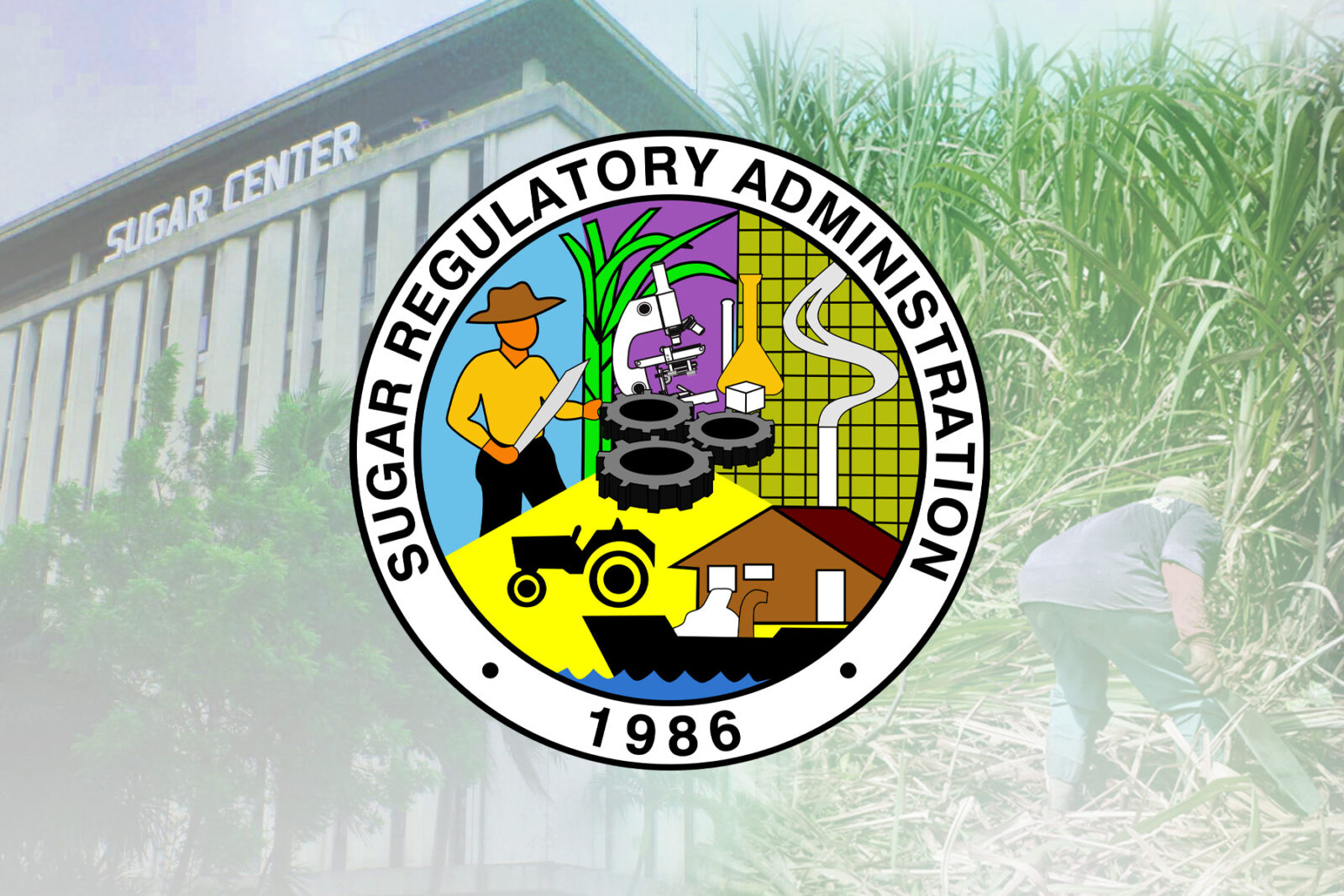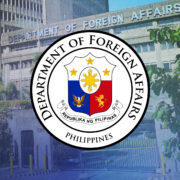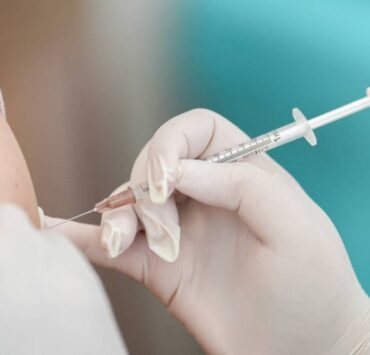SRA: Pests threaten Negros sugar fields

The Philippines has reported the first infestation of red-striped soft scale insects (RSSI) in some sugarcane farms in Negros Occidental which may affect harvest yield and raise production cost.
In a statement on Wednesday, the Sugar Regulatory Administration (SRA) confirmed the pest infestation in six areas in the northern part of the province.
This is the first reported case of RSSI infestation affecting sugar cane farms in Negros Occidental as the SRA said the country’s first case broke out in Pampanga in 2023.
It added that unless contained, the infestation may reduce sugar content by as much as 50 percent based on studies conducted by the University of the Philippines (UP) in certain areas in Batangas and Tarlac.
“The fear of spread if not contained are in the cane points used as planting materials for the next crop year … and farmers are starting to plant now,” it said.
The SRA reported that it has created a task force headed by SRA board member David Andrew Sanson to control the infestation and seek quarantine measures from the Department of Agriculture.
Vigilance needed
At the same time, SRA Administrator Pablo Luis Azcona urged sugar farmers to be “more vigilant” about where they purchase their cane points as the infestation is suspected to have been brought to Negros Occidental from Luzon where some areas are still battling an RSSI infestation.
Sanson also asked farmers to “stop transporting planting materials from Luzon and other infected areas because it has been observed that transmittal of this disease came from infected cane points.”
In a hybrid press conference also on Wednesday, Raphael Henri Mundo, SRA chief science research specialist, said that affected areas in Negros Occidental include Victoria, Hawaiian area, Saravia (now Enrique B. Magalona) and Sagay City.
Although it did not release the number of farmers or hectares affected by the infestation, the SRA said that sugar prices and supply will not be affected as the milling season is about to end and local production is expected to increase.
Still, Mundo said it is very critical to manage and eradicate the infestation to avoid any potential impact on sugar production since northern Negros has a vast area of sugarcane farms.
“We cannot afford to have an infestation, as some farmers are already starting to plant their canes for the next crop year,” Azcona said.
“We made a good showing this year despite the challenges brought about by the long drought and I hope we can maintain the momentum and even exceed our targets for next year if we will all help one another in containing this infestation,” he added.
Scientifically known as Pulvinaria tenuivalvata, RSSI is usually found on the lower surfaces of the middle leaf portion of sugarcane, according to the National Crop Protection Center (NCPC) of UP Los Baños.
Based on an NCPC study, insecticides such as buprofezin, dinotefuran, phenthoate, pymetrozine and thiamethoxam have shown a potential to curb the pest infestation.
However, a second trial must be conducted first in a different location to further test their efficacy before an emergency-use permit can be secured from the Fertilizer and Pesticide Authority (FPA) as these insecticides are not registered for sugarcane.
Emergency-use permit
“We will present our initial study with the NCPC to the FPA so that we can be granted an emergency-use permit because we cannot afford not to apply or treat it, at least now, to bring down the infestation,” Mundo said.
Agriculture Assistant Secretary Arnel de Mesa said the FPA has vowed to immediately process the application to allow the use of the insecticides and prevent the spread of the infestation.
In the meantime, the SRA will establish an operation and monitoring center to document and report all RSSI and related issues nationwide on top of facilitating coordination and consultation among SRA delivery units and partner agencies involved in managing the situation.

















